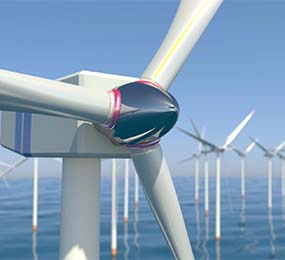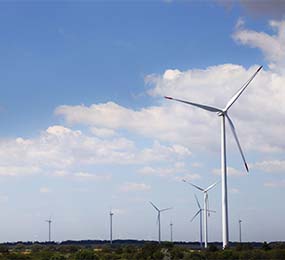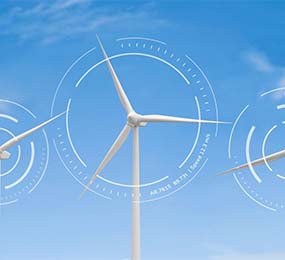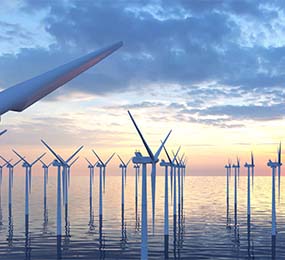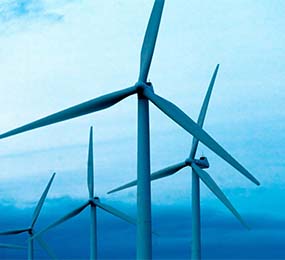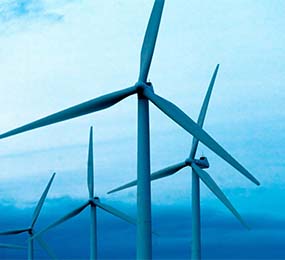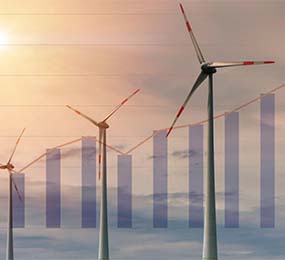Lightweighting Strategies in Wind Blade Design: Elevating Efficiency and Performance
In the pursuit of more efficient and powerful wind energy generation, lightweighting strategies play a pivotal role in optimizing wind blade design. This essay explores the innovative materials and techniques employed in the quest for lighter yet stronger wind blades, enhancing the overall efficiency of wind turbines.
Advanced Materials:
Lightweight composite materials, such as carbon fiber and fiberglass, are at the forefront of modern wind blade design. These materials offer an exceptional strength-to-weight ratio, allowing for larger and more aerodynamically efficient blades.
Structural Design Techniques:
Innovative structural design techniques, including aeroelastic tailoring and swept blade configurations, contribute to lightweighting without compromising structural integrity. These designs enhance the blades' ability to harness wind energy across a broader range of wind speeds.
Benefits of Lightweighting:
Reducing the weight of wind blades translates to lower material and transportation costs, as well as improved turbine efficiency. Lighter blades respond more quickly to changes in wind speed, increasing overall energy capture and turbine performance.
The implementation of lightweighting strategies in wind blade design is essential for advancing the efficiency and performance of wind turbines. As technology continues to evolve, these strategies will play a crucial role in maximizing the potential of wind energy as a sustainable power source.
Visit our website to know more: https://www.leadventgrp.com/events/2nd-annual-wind-blade-materials-and-recycling-forum/details
For more information and group participation, contact us: [email protected]
Leadvent Group - Industry Leading Events for Business Leaders!
www.leadventgrp.com| [email protected]


